Curbside Consult with Dr. Jayne 4/27/20
Just when I was getting used to being furloughed from my clinical gig, I was called to action for three days of work that just happened to coincide with the expected peak of COVID in my state. Although I was initially eager to get back in the game, I must admit that 36 hours in the trenches has eliminated any such enthusiasm.
After my initial shock over a couple of things, I decided to give it the benefit of the doubt and try not to draw any conclusions until I had worked at three sites with three teams. Now, with those shifts in my rear-view mirror, I have to say that some of my first impressions were correct. Here’s what I learned.
I’m probably more likely to be exposed to the novel coronavirus by my colleagues than by the general public. Our team is generally young and healthy, mostly EMTs and paramedics. Many of them are super fit, with extensive workout and nutrition routines. Several of them questioned why I was wearing my N95 mask all day, even for patients who didn’t have respiratory symptoms. It’s clear that our internal education has not met the mark as far as their understanding the idea of asymptomatic spreaders or the need to treat everyone with universal precautions since you can’t tell from looking who might be a carrier.
Most of them were donning and doffing various masks (alternating between N95 and standard surgical masks) and setting them on the workstation counter in between patients. Only two of us had a dedicated “drop zone” for our masks (a.k.a. paper towels with our names on them). Others were lowering their masks under their chin in between patients, which is a less-than-great infection control procedure. The good thing is that most of them responded well to a little in-person education and started doing better with mask hygiene.
Leadership note: just because you send out memos and instructions, it doesn’t mean people get it and are following the instructions. Sometimes you need the face-to-face contact to get the message across. It’s an expensive kind of communication, but it’s worth it.
Speaking of masks, the general public isn’t doing a great job of wearing them even when they have the good ones. I saw too many people with masks covering the mouth but not the nose, and too many whose nose pieces weren’t pinched to fit well around the nose. People whose glasses are fogging up due to their masks are incredibly grateful when you teach them how to pinch the nose of the mask. We as healthcare providers take it for granted that people know how to use them correctly.
I saw everything from top-of-the-line 3M models to simple bandanas. The best one was a homemade model on a patient whose wife is a professional seamstress. As someone who does a little sewing myself, the craftsmanship was something to behold. I told him to be sure to let her know that the doctor noticed her attention to detail and excellent topstitching.
I also learned that a good part of our surge was made up of people coming in for non-emergent conditions. People certainly aren’t afraid to venture out for minor things such as having wax removed from their ears even though they don’t have symptoms. Multiple people were there for medication refills since they either couldn’t get in touch with their physicians or were having trouble getting refills in a timely manner, and I was happy to help them.
We did see our share of urgent and emergent conditions as well, including multiple cooking-related lacerations among people who don’t usually cook, along with several home improvement injuries. Patient education note: working on an aluminum ladder while barefoot is not a good idea. We also diagnosed and treated multiple sexually transmitted infections, so some people’s ideas of stay-at-home might be a little different than others.
I ordered my fair share of COVID-19 testing swabs, and now I get to play the waiting game to see how long it takes the results to return so I can start my own “known exposure” countdown. I don’t know when I’ll be asked to work again, but I’ll definitely be staying close to home until the results turn up. I’m grateful we have testing capabilities and can at least collect the samples in the office without having to send patients elsewhere or fight the health department for approval like I had to a little more than a month ago.
My employer is keeping a close count on the testing swabs since they aren’t sure when we can get additional supplies. We’re a long way from testing everyone who wants to be, as we were promised once upon a time.
After my first day of patient care, I pretty much fell into my bed. As I tried to fall asleep, I wondered how long it would take the tingling in my face to go away. If you wear them properly, the N95 masks are pretty tight, and I was glad that my face was back to normal by the morning. However, after three days in a row, my face feels like it’s been in a vise and I have a splitting headache that I can’t get to go away.
I cannot even fathom what it must be like for the healthcare workers who are on dedicated COVID units or who have been working like this for weeks on end. I’m hoping to cruise some forums for tips on pressure reduction before I go back again. Hopefully, my face will bounce back overnight since I’m supposed to film some EHR training videos for one of my clients.
I’m glad I could pitch in, but I feel guilty for having been parked at home while my colleagues have been working. It’s definitely more mentally and emotionally exhausting than the work we were doing before, even in the middle of flu season. I never thought I would wish to go back to the Flumageddon season of 2017-18, but I do, to some degree. At least back then we knew what we were dealing with, we could test for it, and we had a hope of treatment. With this situation, we’re often flying blind and looking for outlier symptoms, such as loss of smell or “COVID toes.”
I noticed that our EHR vendor has added quite a bit of telehealth-specific content. Even though we’re not using it, I was glad to be able to check it out. It prompted a good conversation with my scribe, who was also seeing it for the first time. She didn’t know I worked in telehealth. She recently wrote a paper about telehealth for an undergrad class. It was good to have a bright moment like that in the middle of a very tiring day, and hopefully she learned something beyond what her research had shown her.
She also offered me the tip of putting Preparation H on my face if the redness doesn’t go away. Apparently, she learned it “on the pageant circuit,” but I’m too tired to even remotely consider masking up and going to the store.
Have any tips for dealing with the squeeze of a badly fitting mask when there aren’t any other mask options? Leave a comment or email me.

Email Dr. Jayne.










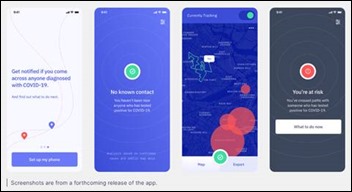
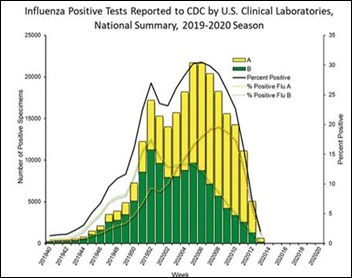



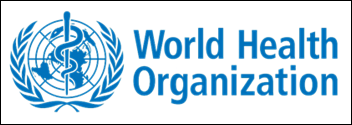

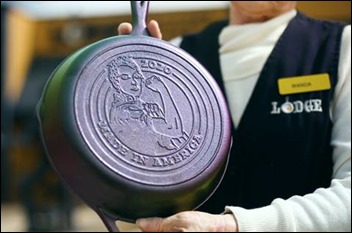







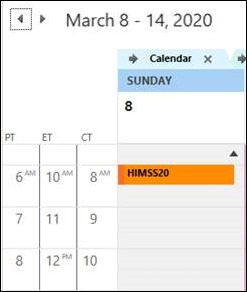










Merry Christmas and a Happy New Year to the HIStalk crowd. I wish you the joys of the season!